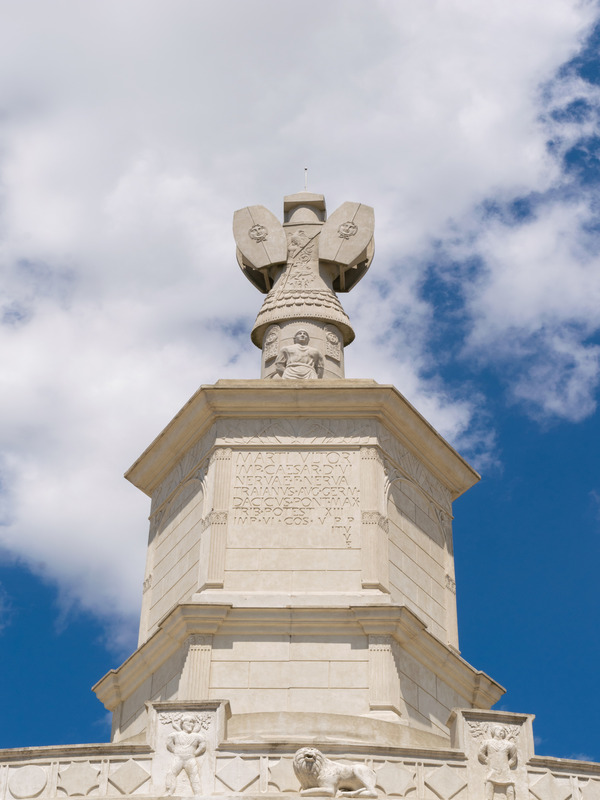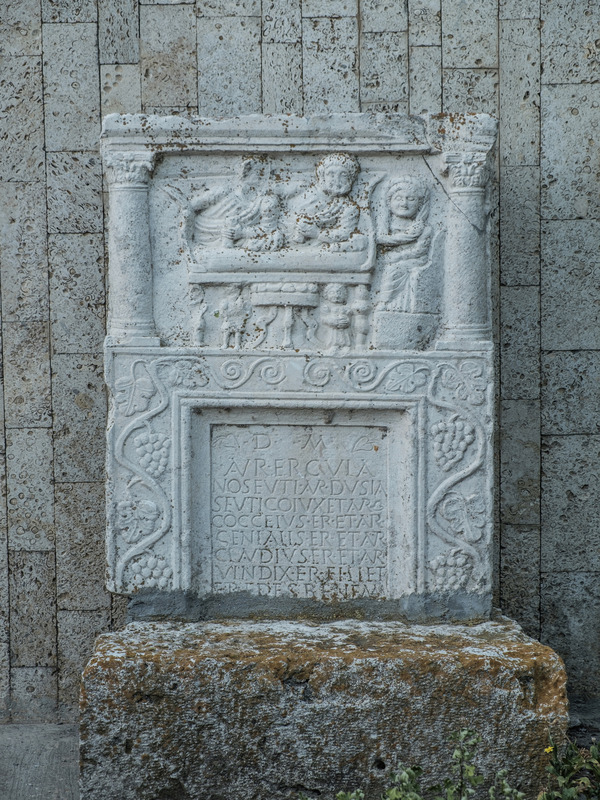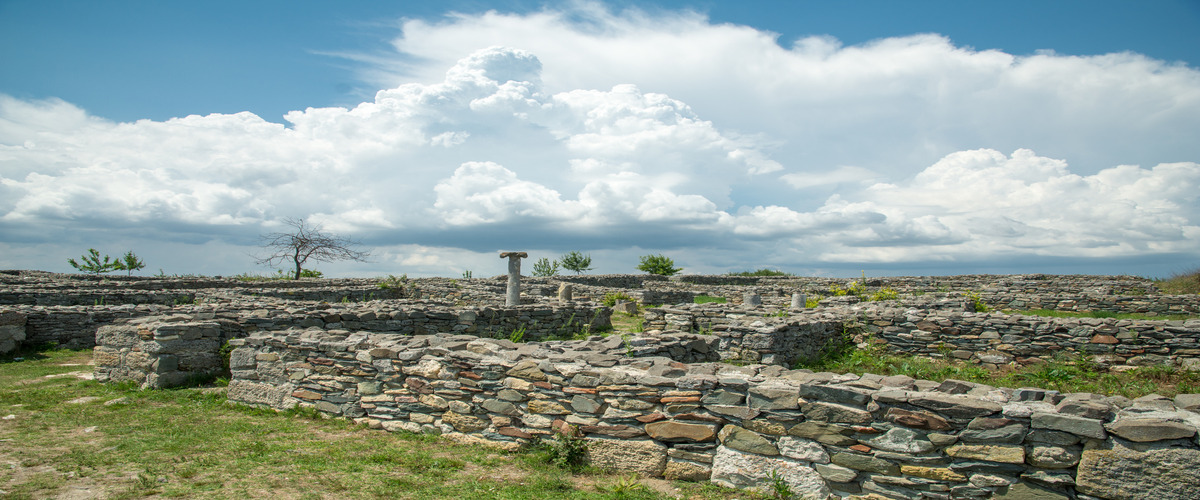Discover the magic of the coast on our Seaside Escapade Historical tour options that we can arrange for you if you want to discover culture, history with a bit of delicious culinary experiences. Dobrogea boasts a rich cultural heritage, blending Romanian, Bulgarian, and Turkish influences. Wander along the Black Sea coast, where rocky shores meet sandy beaches. Discover historic piers, charming villages, and the allure of the sea.
Dobrogea, also known as Dobrudja, is a captivating geographical and historical region nestled between the Danube River and the Black Sea.
Departures: May-October
Duration: All day
PRIVATE TOUR: Private Tour

Morning drive to Adamclisi village. The Triumphal Monument is one of the most significant monuments of Roman provincial art, not only from the territory of Romania, but also from the whole extent of the ancient Roman imperial world. The Triumphal Monument, 42 m high, was inaugurated in 109 AD in memory of the victory obtained here by the Roman legions of the emperor Trajan during the first Dacian war (101-102 AD).
At approximately the same time as the monument, next to it, the Tropaeum Traiani fortress was built, inhabited by the Romans who, after the battles with the Geto-Dacians, settled in these lands. The citadel, located like an amphitheater, had imposing public edifices and civil constructions, towers and defensive walls made of large stone blocks, streets paved with stone tiles and a sewage system.
The monument was reconstituted and opened together with and the adjacent museum (lapidarium) in 1977.
Back to the Black Sea shore. Among the sea resorts stretched along the coast we choose Neptun-Olimp resort and the boutique winery – Clos de Colombes, with wines “in small quantities and as authentic as possible”, by quoting the owners. We find here fine and balanced wines with a terroir accent, worked in a traditional, artisanal way. Lunch and wine-tasting.
Return to Eforie Nord in the afternoon.

Driving up North, to the ruins of Histria. Histria represent the first urban settlement on today's Romanian territory when founded by Greek settlers in the 7th century BC, then under Roman rule from the 1st to 3rd centuries AD.It’s also the first Greek colony on the west shore of the Black Sea, being for centuries, both during the Greek and Roman periods, the most powerful economic and cultural center of the area. It was abandoned during the migratory times, but rediscovered at the beginning of the 20tth century. The archaeological excavations continue until today. We will admire the discoveries of this archaeological work by visiting the nearby museum where the exhibits include sculptures, inscriptions, ceramics, and many more ancient objects.
Back to Constanta - founded by Greek settlers in the 6th century BCE, was given the name Tomis, possibly in honour of Queen Tomyris. After the Romans conquered the area in 29 BC, the Roman poet Ovid (Ovidiu) came here, banished by Emperor Augustus, and stayed here for the rest of his life. In his poems Tristia and Epistulae Ex Ponto, Ovid talks about his exile in Tomis, finding this city "a town located in a war-stricken cultural wasteland on the remotest margins of the empire". A statue of Ovid stands nowadays in the Ovidius Square, in front of the History Museum - which is the former City Hall.
The name of Tomis later became Constantiana in honour of Constantia, the half-sister of Constantine the Great. The most famous Roman monument preserved in the city is the famous mosaic discovered in the 1960s. The mosaic probably dates back to the 4th century CE. It covers an area of approx. 850 m2 and is located in the ruins of a former secular basilica, located between the centre of the ancient city and the port. It is made of stones of various colors: white, red, black, green, and yellow, giving the impression of a bright carpet, decorated with geometric and floral motifs. In the complex below the basilica, ruins of ancient Roman-era houses have also been discovered. There are also exposed fragments of the walls of ancient Tomis in the city. Marvellous Roman exhibits, including a collection of vases, coins and craft tools, are housed in the Archaeological Museum, in the former Town Hall building. Visit of the Archaeological Museum.
Return to Eforie Nord in the afternoon.
Option 1: 100 EUR (4 persons and more), 120 EUR (3 persons), 150 EUR (2 persons)
Option 2: 100 EUR (4 persons and more), 115 EUR (3 persons), 125 EUR (2 persons)
- Professional guide assistance, English speaking (or other languages upon request), during the whole day trip;
- Transport by private modern AC car/mini-van (fuel and parking fees incl);
- Pick-up and drop-off from your accommodation;
- Entrance fees;
- Winetasting for Option 1
- Photography fees;
- Other personal expenses;
- Meals.
We offer you a full range of touristic services as transportation, airport - hotel transfers, accommodations, guides, drivers, rental cars, flight tickets, meals reservations, sports events or concerts tickets.
We handle groups and individuals.







.png)
.png)



